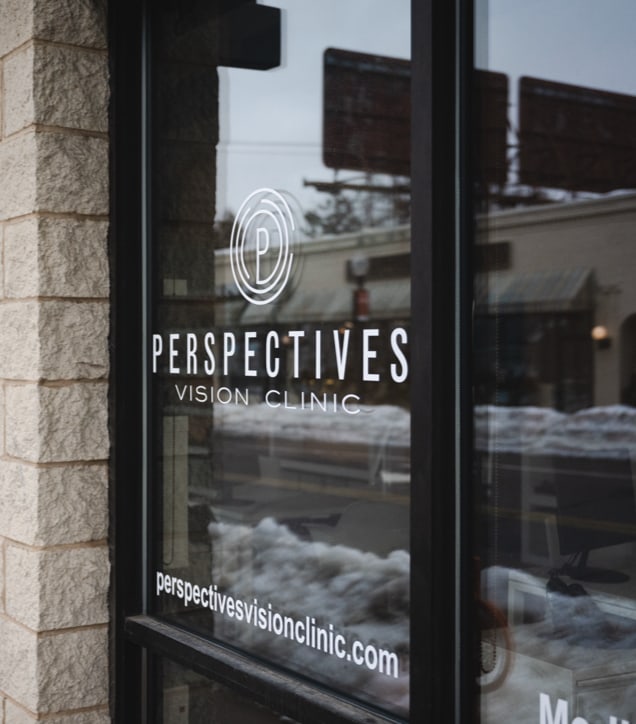Eye Care for Vulnerable Eyes
The American Optometric Association recommends that most adults between the ages of 18 and 64 visit their optometrist every two years. That said, those with a family history of eye disease, strong lens prescriptions, diseases like diabetes, and those age 65 and over should visit the optometrist at least once per year. This allows us to monitor you closely for early signs of eye disease.
The Gradual Progression of Eye Disease
Many of the diseases that cause vision loss and blindness are almost impossible to detect without an eye exam. These diseases progress gradually, so most people don’t notice any symptoms until their sight has been substantially reduced. Regular visits to the optometrist are the best way to protect your sight from diseases, including:
- Cataracts
- Age-related macular degeneration (AMD)
- Glaucoma
- Diabetic retinopathy
As we age, the natural crystalline lenses inside our eyes becomes cloudy. This cloudiness is known as cataracts and it causes blurred, dull vision. Family history, obesity, diabetes, high blood pressure, and previous eye surgeries or injuries increase your likelihood of developing cataracts. Make sure to communicate any of these to us at your eye exam so we can take extra care to examine you for cataracts. Treatment includes cataract surgery to restore your eyesight
There are two types of AMD, Dry AMD and Wet AMD. Dry AMD is more common, but Wet AMD is more likely to cause central vision loss and blindness. During your eye exam, we’ll assess your eyes for both types of AMD.
We’ll dilate your pupils to monitor your retinal health. We may also use Optical Coherence Tomography (OCT) to examine your retinas, which creates a high-resolution, cross-sectional image of your eyes, allowing us to detect underlying issues. Amsler Grids are another tool to test your central vision. If you have AMD, the lines on the grid will appear curved or wavy instead of straight, or there will be missing or blank areas on the grid.
Glaucoma is especially difficult to detect because it has no initial symptoms, making a professional opinion at a regular eye exam essential to diagnosing the disease. Glaucoma is caused by an increase in intraocular pressure, which damages the optic nerve and ultimately, your eyesight. It affects your peripheral vision initially, then gradually starts to impair your central vision. During an eye exam, we test both your intraocular pressure and your peripheral vision, which allows us to detect glaucoma early.












